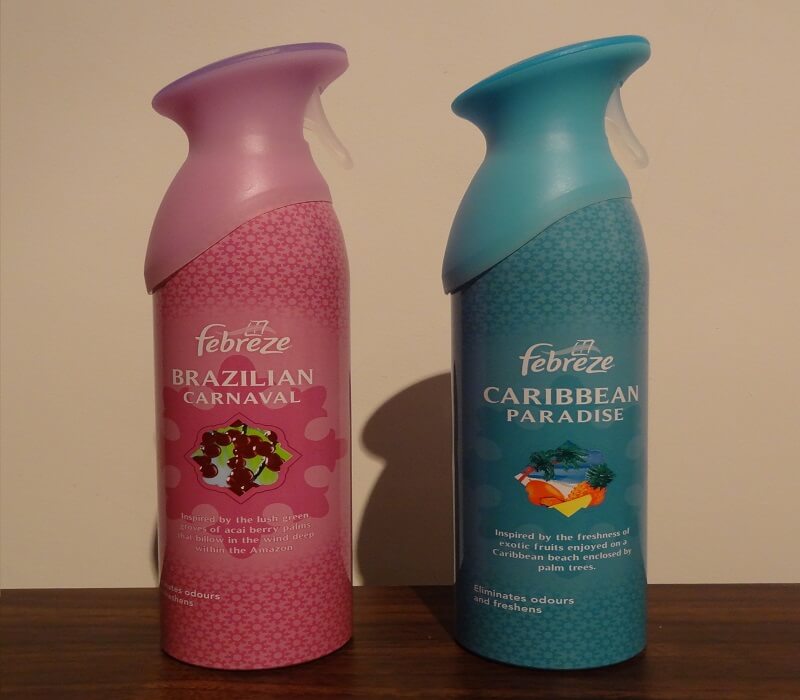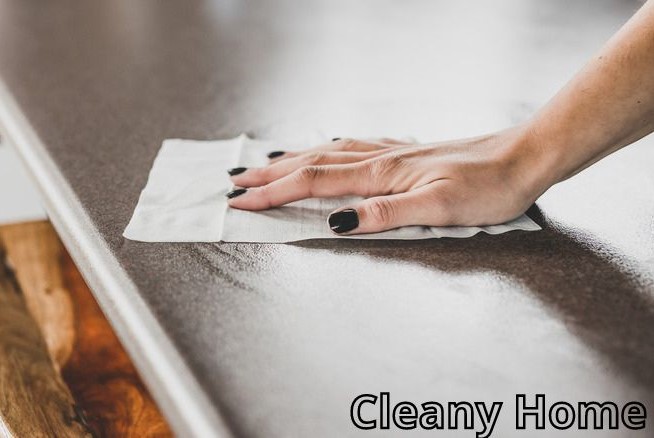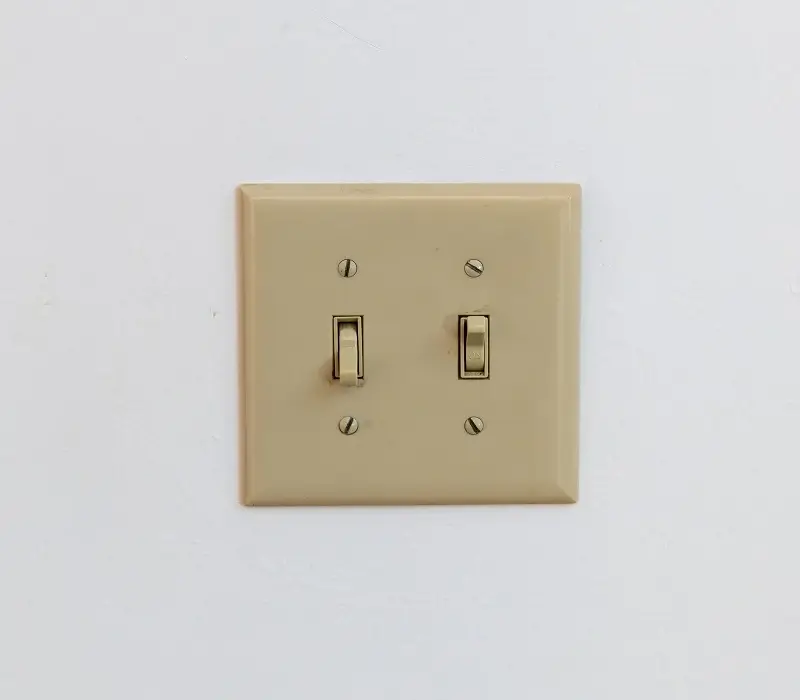
It’s no secret that air fresheners are the weapon of choice for most homeowners. Not only does it help get rid of bad smells, but it also maintains a pleasant indoor aroma. However, not all air fresheners are created equal. In other words, while some of them do get the job done without any side effects, some others, unfortunately, leave residues behind. Now I will tell you how to remove air freshener residue.
The good news is that there’s nothing to worry about. That’s because an air freshener’s residue is easy to remove regardless of the surface where it lands. All you need is a little elbow grease and some products you probably already have under your kitchen sink.
Without further ado, here’s how to remove air freshener residue using everyday products.
Table of Contents
How to Remove Air Freshener Residue from Hard Surfaces
Start with Water + Dish Soap
It might sound too good to be true, but sometimes, soapy water is all it takes to remove the residues. That’s because most air fresheners that we use at home are oil-based.

In a bowl, mix hot water with Dawn detergent. Dip into the solution a clean cloth and rub the stain. Then, using plain water, rinse off the surface, and that’s it.
If the soapy water doesn’t do the trick, try adding some white vinegar to the solution. The latter is also good at removing oil stains, like those left by air freshener residue.
Try Rubbing Alcohol
Rubbing alcohol is your best friend if mixing things together isn’t something you enjoy doing. What I like about this product is that it’s easy to use and evaporates quickly without leaving any residue behind.
Simply apply some rubbing alcohol to a microfiber cloth and saturate the stain. I suggest you leave the product on the air freshener residue for one minute before rubbing it.
Then rinse the surface with cool water and repeat if necessary.
Consider Investing in a Commercial Cleaner
If DIY techniques aren’t your thing, why not invest in a commercial cleaner? My favorite one when it comes to removing grease stains is Goo Gone. It’s effective, inexpensive, and easy to apply.
Once you have the product on hand, spray it on the grease stain and allow it to sit for 1-2 minutes. Then, using a paper towel or sponge, wipe away the stain and rinse the area with water.
How to Remove Air Freshener Residue from Carpets
Unlike hard surfaces, removing an air freshener stain from a rug requires a different approach.
Since the stain will quickly permeate the carpet’s fibers, the techniques mentioned earlier are ineffective. But don’t worry. We already have all it takes to bring your carpet back to its former glory. Here’s what you should do:
Sprinkle some baking soda over the affected area and let it sit for 10 minutes.
After that, vacuum your rug to remove all the dry powder. Also, don’t forget to go over the affected spot several times since most household vacs fail to pick up fine powders on the first pass.
Related article: How to Remove Baking Soda from Carpet Like a Pro
By now, you should’ve absorbed all the oil that has penetrated your carpet. And all that is left for you to do is to remove the stain.
In a bowl, mix one tbsp of dish soap and one tbsp of white vinegar with two cups of warm water. Dip the end of a clean cloth into the solution and blot the stain. Then, wipe the mixture off your carpet with a second cloth dampened with cold water.
Remark: Since baking soda is a pain to get out of a carpet, avoid using too much unless it’s necessary.
Conclusion
We hope you find this guide useful. Before we end this post, I’d want to make one more point.
I know that air fresheners are easy to use and can save you a lot of trouble. However, improper usage might have adverse effects on one’s health. If you’d like to learn more about this subject, I recommend reading this article from poison.org.
With that said, I hope you’ve removed the air freshener residue. Also, it’s always a pleasure to read your feedback. So, we’d really appreciate it if you’d leave a comment below telling us about your experience with the tips above.
How do you remove air freshener stains?
To remove air freshener stains, first blot the stain with a clean cloth to remove as much of the excess liquid as possible. Then, mix a solution of equal parts white vinegar and water and apply it to the stain with a clean cloth. Blot the stain until it lifts. Finally, rinse the area with water and blot it dry with a clean cloth.
How do you get air freshener oil out of plastic?
To get air freshener oil out of plastic, start by wiping away any excess oil with a paper towel. Then, use a mixture of warm water and dish soap to gently clean the affected area using a soft cloth or sponge. For tougher stains, you can also try using rubbing alcohol or vinegar. Be sure to rinse the area with water and dry it thoroughly once the oil has been removed.
Will baking soda absorb air freshener?
Yes, baking soda can absorb air freshener odors. To use baking soda to absorb the odor, sprinkle a generous amount of baking soda on a flat surface and place it near the source of the odor. Let it sit for several hours, or overnight if possible, before vacuuming it up. Baking soda is a natural deodorizer and can help to neutralize the scent of the air freshener.
What happens if I sprayed too much air freshener?
If you spray too much air freshener, it can cause a variety of negative effects. Breathing in too much of the fragrance or chemicals in the air freshener can irritate your eyes, nose, and throat, and may cause headaches, dizziness, or nausea. Overuse of air freshener can also cause a buildup of chemical residue on surfaces in your home, leading to discoloration or damage.
Does fragrance oil eat plastic?
Some fragrance oils may eat through plastic or cause damage to it, depending on the type of plastic and the concentration of the fragrance oil. Fragrance oils that contain a high amount of alcohol or other solvents may be particularly damaging to plastic materials. If you are unsure whether a particular fragrance oil will cause damage to your plastic surfaces or containers, it is best to test it on a small, inconspicuous area first.
Will vinegar damage clear plastic?
Vinegar may damage clear plastic if it is left on for too long or used in high concentrations. While vinegar is generally safe to use on many types of plastic, including clear plastic, it is an acidic substance that can cause damage or discoloration over time. To use vinegar on clear plastic surfaces, dilute it with water and use a soft cloth or sponge to apply the solution.
We're an affiliate
We hope you love the products we recommend! Just so you know, CleanyHome.com is a participant in the Amazon Services LLC Associates Program, an affiliate advertising program designed to provide a means for sites to earn advertising fees by linking to Amazon.com.

![How to Get Rid of Spiders in the Basement [9 Effective Tips]](https://supercleanworldall.com/wp-content/uploads/2021/07/depositphotos_125531742-stock-illustration-the-pattern-with-spiders.jpg)
